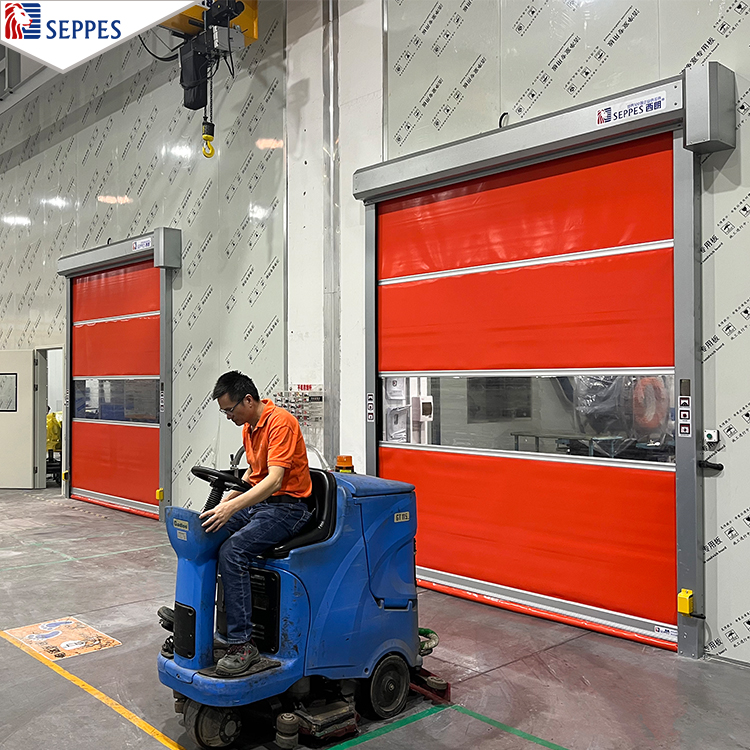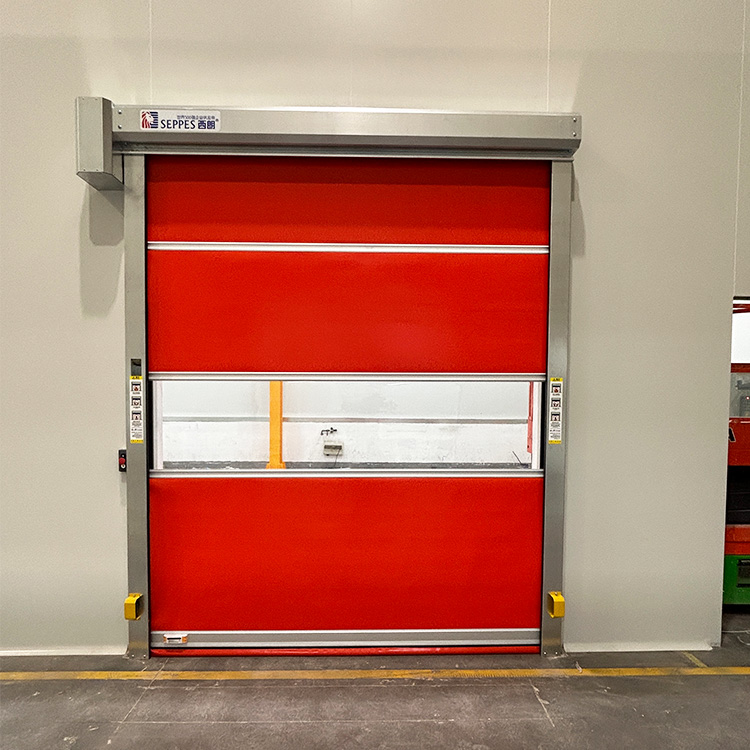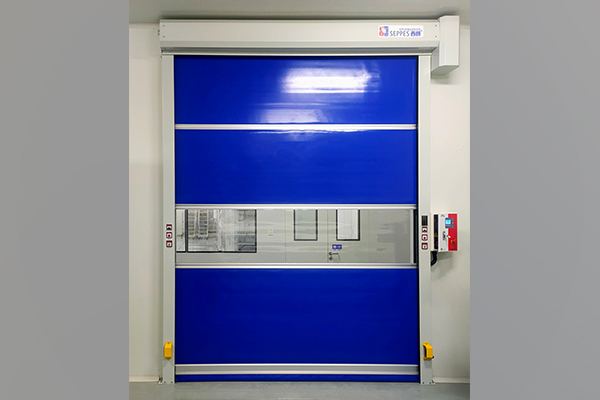In recent years, as medical facilities continue to upgrade, more hospitals are opting to install high speed doors in their emergency rooms. This initiative significantly enhances the operational efficiency of emergency rooms and brings numerous benefits in terms of patient safety, environmental control, and energy consumption.
1. Improved Operational Efficiency
Emergency rooms are among the busiest departments in hospitals, requiring rapid responses to various urgent situations. The fast opening and closing capabilities of high speed doors enable medical staff and equipment to move swiftly in and out of the emergency room, reducing waiting times and improving emergency response efficiency. This is particularly crucial during life-saving interventions where every second counts.
2. Maintaining a Hygienic Environment
Emergency rooms must maintain a highly sterile environment to prevent infections and cross-contamination. High speed doors minimize the time they remain open, reducing the risk of outside air and bacteria entering the room, thereby keeping the emergency room clean. Additionally, these doors are often made from smooth, easy-to-clean materials, facilitating regular maintenance and cleaning to uphold hygiene standards.
3. Temperature and Humidity Control
The temperature and humidity within the emergency room are critical for patient comfort and the proper functioning of medical equipment. High speed doors effectively reduce the exchange of hot and cold air, maintaining a stable internal environment. By quickly opening and closing, these doors help to better control the room's temperature and humidity, providing a comfortable treatment environment for patients.
4. Enhanced Safety
High speed doors are equipped with advanced safety sensors that automatically stop the door from closing if an obstacle is detected, preventing accidents. This is essential for the safe operation of emergency rooms, protecting both medical staff and patients. Furthermore, high speed doors can control access, preventing unauthorized personnel from entering the emergency room and improving security management.
5. Energy Savings
Air conditioning and heating systems in emergency rooms consume a significant amount of energy. By reducing the time doors are open, high speed doors lower energy loss, especially in areas requiring precise climate control. This not only helps to maintain a stable environment but also significantly reduces the hospital's energy costs, contributing to energy savings and emissions reduction.
6. Compliance with Medical Standards
High speed doors are often designed to meet specific medical industry standards and regulations, ensuring they can meet the stringent requirements of emergency room applications. Their installation and use contribute to the standardized management of emergency rooms and improve the overall medical standards of the hospital.

In conclusion, installing high speed doors in emergency rooms offers a multitude of advantages, including improved operational efficiency, maintaining a hygienic environment, temperature and humidity control, enhanced safety, energy savings, and noise reduction. As medical technology advances and the demand for efficient and safe medical environments increases, the application of high speed doors in emergency rooms is set to expand, promising a bright future for their widespread use.




Comment (0)